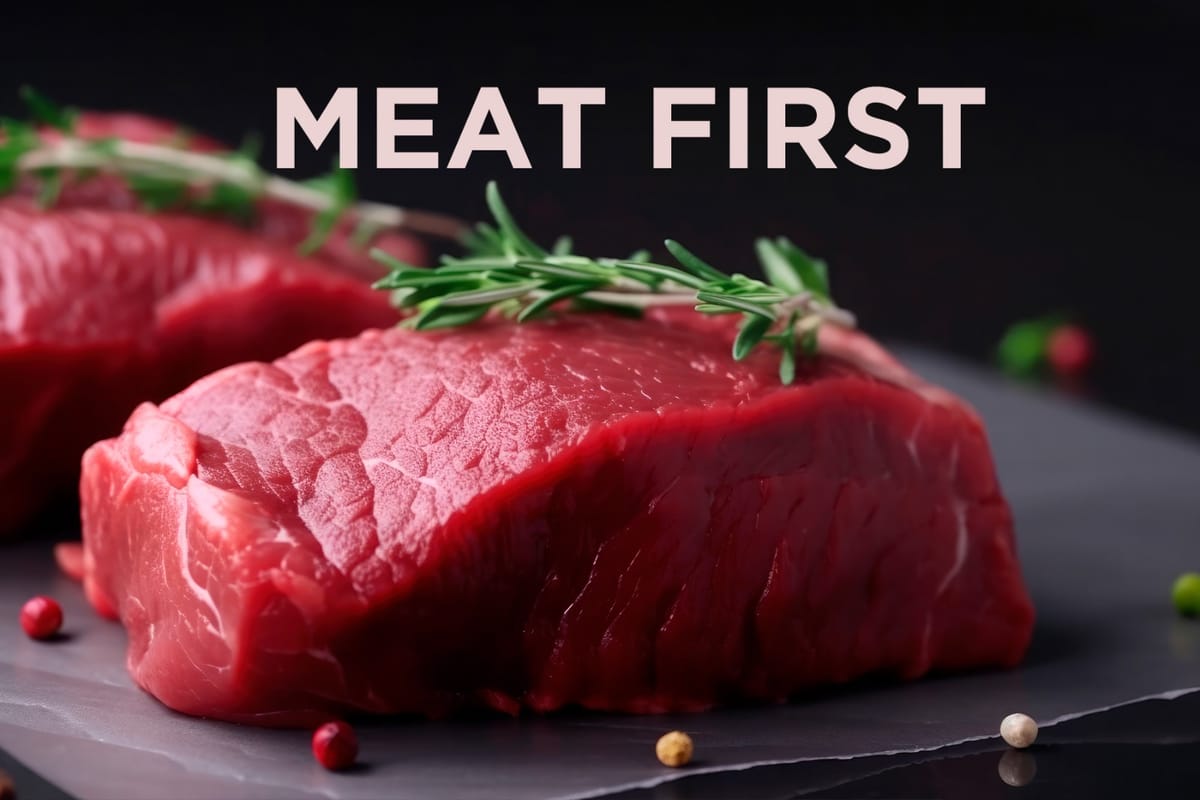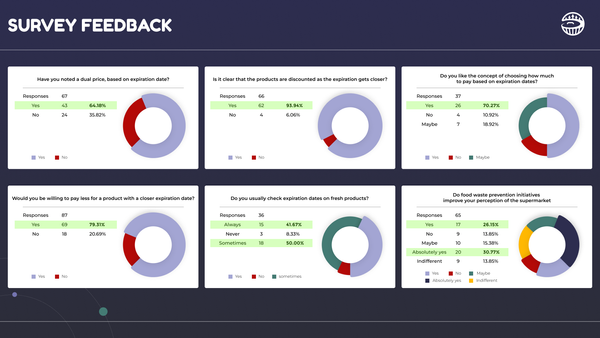Meat first

Four reasons to excel in meat markdowns
People close to Wasteless - friends, partners, and clients alike - are well aware of our team’s passion for providing correct meat markdowns. Here are a few reasons why, in no particular order of importance:
High financial value
Meat has one of the highest financial values among the fresh category in supermarkets, for several reasons:
Raising costs: Raising livestock requires significant investments in terms of feed, water, shelter, and veterinary care. These costs may fluctuate based on factors like grain prices, weather conditions impacting hay production, and disease outbreaks.
Processing and transportation: Meat undergoes slaughtering, processing, and inspection before being cold-transported to various selling points. These processes incur labor costs for dedicated personnel, facility upkeep, and the maintenance of a cold supply chain to ensure proper storage and transportation.
Supply and demand: The demand for certain cuts of meat, such as tenderloin or brisket, often exceeds others. Additionally, some breeds of animals, like Wagyu, require longer raising periods or produce less meat per animal, which limits supply and drives up prices.
Grading and quality: Meat is graded on factors such as marbling (fat content), tenderness, and maturity. Higher grades are generally considered more desirable and fetch a premium price.
Convenience and marketing: Pre-cut, pre-marinated, and ready-to-cook meats offer convenience but usually come at higher costs per weight compared to raw whole cuts. Marketing efforts that promote meat as premium or all-natural also influence consumer perception and, ultimately, price.
Shelf life
Meat typically has a short shelf life. However, unlike other short-lived products, such as baked goods, meat’s typical shelf life presents a significant opportunity to sell these items at the right markdowns while they are still fresh. Below, we have listed several types of meat along with their typical shelf lives. It’s important to note that these durations may vary based on factors such as geography, the specific type of livestock, manufacturing processes, packaging method, and value chain operations.
|
Beef (steaks, roasts) |
3-5 days |
|
Ground Beef |
1-2 days |
|
Pork (chops, roasts) |
3-5 days |
|
Ground Pork |
1-2 days |
|
Lamb (chops, roasts) |
3-5 days |
|
Ground Lamb |
1-2 days |
|
Poultry (whole) |
1-2 days |
|
Poultry (pieces) |
1-2 days |
|
Bacon |
7 days (unopened), 1-2 days (opened) |
|
Sausage (raw) |
1-2 days |
|
Sausage (cooked) |
3-4 days |
|
Duck |
1-2 days |
|
Turkey |
1-2 days |
Sustainability goals
Wasteless offers a meaningful opportunity to push forward our clients’ sustainability goals with optimal AI-driven markdowns. Did you know that the end-to-end production of a 7-ounce burger generates the equivalent of 8.8 pounds of CO2(e)?
Ethics
Ethical considerations in meat consumption are increasingly capturing public interest, encompassing complex issues from animal breeding and rearing conditions to the concept of 'compassionate slaughter'—if it can indeed exist. Amidst the rise of plant-rich diets and the booming industry of plant-based and lab-grown meats, one principle remains clear: we must respect what we consume, making every effort to minimize waste of meat products.





